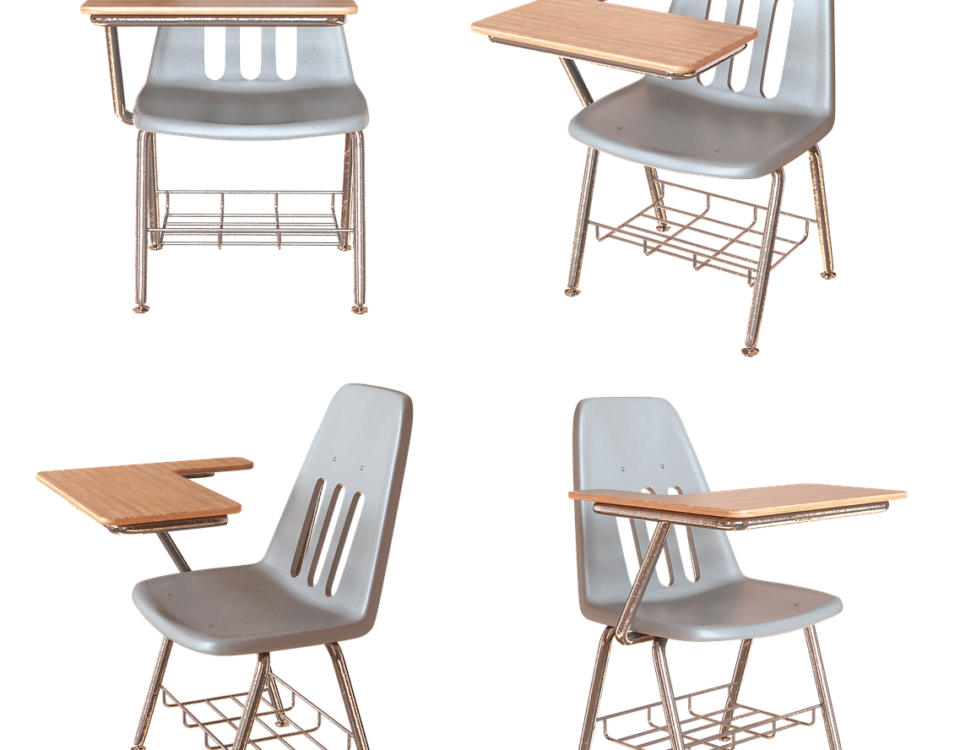Characteristics of Rapid Prototyping Technology

Key Methods and Classifications of Rapid Prototyping Technology
February 10, 2025
Advantages of Rapid Prototyping Technology
February 11, 2025Rapid prototyping technology has introduced a revolutionary approach to prototype and component manufacturing, eliminating the need for traditional tools and molds. This technology has fundamentally transformed the manufacturing process, shifting from traditional subtractive methods to an additive, layer-by-layer approach. The advent of rapid prototyping enables the creation of highly complex parts with virtually 100% material utilization. Compared to other advanced manufacturing technologies, rapid prototyping stands out for its unique characteristics, which include the following:
1. Freeform Manufacturing
Freeform manufacturing is another term used to describe a key characteristic of rapid prototyping technology. This term encompasses two important aspects:
- No Tools or Molds Required: Rapid prototyping allows the production of prototypes or parts without the need for specialized tools or molds. This significantly shortens the trial production cycle of new products and eliminates the costs associated with creating molds and tools.
- Complex Shapes and Structures: Unlike traditional methods, rapid prototyping is not limited by the complexity of the shape. It enables the creation of prototypes or parts with intricate geometries, multi-material composites, and complex internal structures that are often impossible or extremely difficult to achieve using conventional manufacturing methods.
2. Fast Manufacturing Process
The time from receiving data, such as CAD models or reverse-engineered physical data, to the completion of a prototype is often reduced to just a few hours or a day, making it much faster than traditional methods. This accelerated process enhances communication between designers and engineers during product development, helping to shorten the overall design and development cycle. Rapid prototyping also supports the creation of rapid tooling (using the prototype as a mold) that can produce real products in a matter of days, as opposed to the months required for conventional steel molds. The technology thus reduces both the cost and risk involved in new product development.
With the advancement of the internet, rapid prototyping technology also facilitates remote manufacturing services, allowing users to access high-quality production capabilities from virtually anywhere, improving resource utilization and ensuring rapid response to user demands.
3. Additive and Digitally Driven Manufacturing
All rapid prototyping processes are based on an additive method, where materials are deposited layer by layer or point by point to build up the final product. Whether the technology involves stereolithography (SLA), selective laser sintering (SLS), or fused deposition modeling (FDM), the process is driven directly or indirectly by CAD (Computer-Aided Design) digital models. This direct integration between digital design and prototyping equipment is a key differentiator from traditional subtractive manufacturing, which typically involves removing material from a larger block. The additive, digital-driven nature of rapid prototyping enables the fast, flexible, and freeform manufacturing capabilities associated with this technology.
4. High-Level Technology Integration
Rapid prototyping technology is made possible through the integration of several advanced technologies, including new materials, laser applications, precise servo drive systems, computer technology, and numerical control (NC) technologies. This high level of integration bridges the gap between CAD (Computer-Aided Design) and CAM (Computer-Aided Manufacturing) processes, which were historically difficult to unify. By combining these advanced technologies, rapid prototyping not only enhances the quality of prototypes but also accelerates their creation, making the technology an essential tool for modern manufacturing.
5. Significant Economic Benefits
One of the major advantages of rapid prototyping is its cost-effectiveness. Since no tools or molds are required, and the complexity of the part does not influence the cost of production, the manufacturing process itself is much less expensive compared to traditional machining methods. Additionally, the ability to quickly visualize and assess designs, evaluate product appearance, and perform functional tests or assembly checks drastically reduces the time required for product development and testing. The use of rapid tooling also offers cost savings in small batch production. These factors contribute to both time and cost savings, which have led to the widespread adoption of rapid prototyping in the manufacturing sector.
6. Wide Range of Applications
Rapid prototyping technology has applications that extend far beyond prototype manufacturing. It is particularly well-suited for:
- New Product Development: Helping designers rapidly iterate and test new products.
- Single Part and Small-Batch Production: Ideal for custom or low-volume manufacturing where traditional methods may not be cost-effective.
- Manufacturing Complex or Irregular Parts: Capable of creating components with geometries that are difficult or impossible to achieve with traditional methods.
- Mold Design and Manufacturing: Allowing for the fast creation of molds for injection molding or casting.
- Product Design Evaluation and Assembly Testing: Ensuring that designs function as intended before full-scale production.
- Reverse Engineering and Replication: Facilitating the creation of copies of existing parts based on physical models.
Beyond manufacturing, rapid prototyping technology also holds significant potential in fields such as materials science, engineering, medicine, art, and architecture, offering new possibilities for innovation and research.
Conclusion
Rapid prototyping technology has become an indispensable tool in modern manufacturing, offering a range of benefits such as speed, flexibility, and cost-effectiveness. By enabling the production of complex, customized parts without the need for expensive tools and molds, it has significantly streamlined product development processes. As the technology continues to evolve, its applications across various industries are set to expand, further shaping the future of manufacturing and design.


